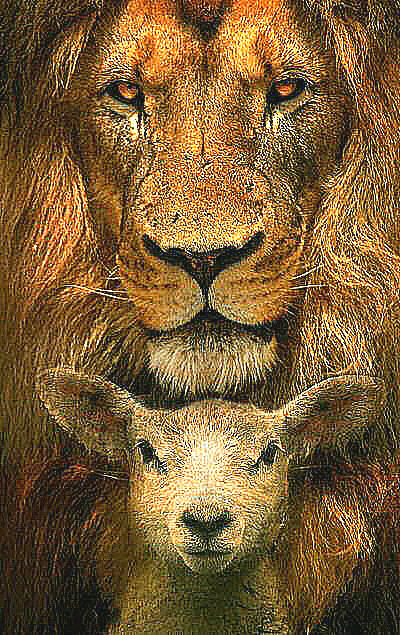
| Home | Our Hope | |
| Bible Study |

|
September 25, 2011 |
| Fall Feasts | ||
The Fall Feasts of Judaism begin this year at sunset on September 28th. For a period of 10 days, called the Days of Awe, Jews celebrate the most holy time of the Jewish year. This period is followed 5 days later by another important feast called Sukkot, or the Feast of Tabernacles.
All the prescribed Jewish festivals, both spring and fall, were a symbolic description of Godís plan for salvation. Here at the end of the year we see the end of that plan.
There are two Jewish calendars, civil and religious. Both are lunar calendars with each month starting on a new moon. The Days of Awe begin with Rosh Hashanah (Yom Teruah, Feast of Trumpets), which marks the beginning of the year in one calendar but the beginning of the seventh month in the other calendar.
Each month begins with the Priests blowing the Shofar, a ramís horn trumpet. This signifies a call to repentance and served as a warning that the day of judgment was coming. But on Rosh Hashanah, the 1st day of this month (Tishri), everyone blows their Shofar. This day has the added significance of being the last call to repentance and implying the day of judgment is imminent.
Jews could bring their sacrifices for sin anytime during the year, but the Feast of Trumpets announced their last chance to repent and bring sacrifices. This was a serious matter. Those who did not repent of their sins were cut-off from Israel at the end of the Days of Awe.
The 10th of Tishri, called Yom Kippur, or the Day of Atonement, was the holiest day of the year. Sacrifices for sin could be made until the late afternoon of that day. After that the priests and especially the High Priest began the annual cleansing rite with additional sacrifices. The completion of this process signifies the complete removal of all sin from the universe.
The last feast day in this month is Sukkot, the Feast of Booths (Feast of Tabernacles). It was not part of the sacrificial system but it was still strongly connected to it. It was inaugurated as a commemoration of the Israelites 40 years in the desert when they lived in small huts or shelters. But it really celebrates God being with his people at that time and it points forward to the second coming of the Messiah when God will be with them again. Sukkot happens at the same time as Asif, the Feast of Ingathering. This feast celebrates the wheat harvest and points forward to Godís harvest.